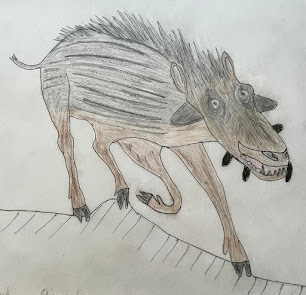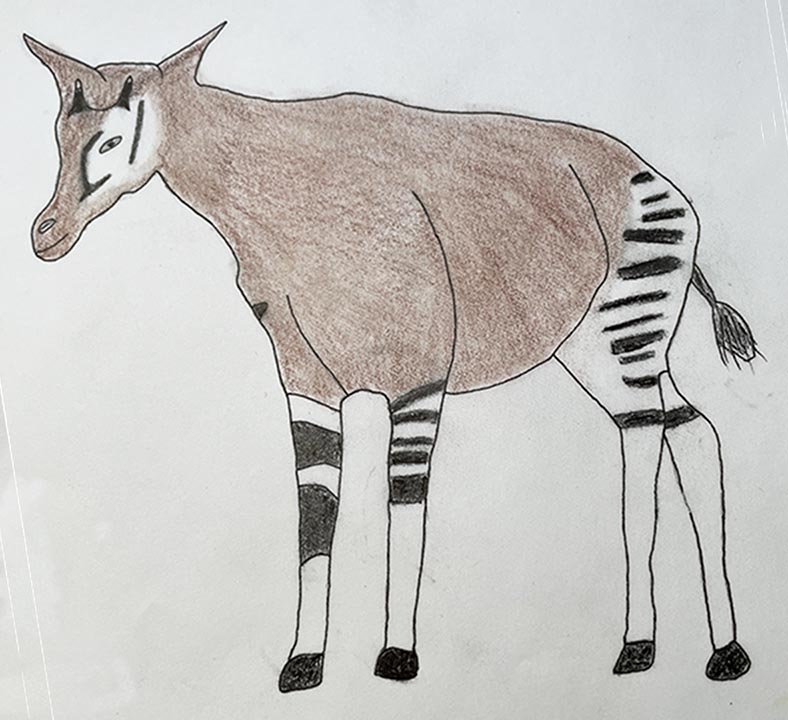COLOR VISION IN ANIMALS
Their color vision is a direct a function of how many cones are present in the eye. The more cones, the better the color vision. The following list summarizes the principal animal groups. The actual determination of how many cones are present requires detailed study of the interior of retina, so that the cones can be accurately counted.
NUMBER OF CONES vs ANIMAL GROUPS, listed in decreasing number and quality of color vision:
The mantis shrimp has been reported as having supposedly 16 cones. Recent detailed research by Morrison (2014) shows, however, shows that the mantis shrimp probably has no more than six!
Many butterflies and non-nocturnal birds reportedly have as many as 5 cones (note: these animals can perceive the colors red, green, and blue + ultraviolet wavelengths in some cases).
The bluebottle butterfly most likely has no more than five cones–-certainly, not as many as 15, a number commonly mentioned on the internet whenever one does “a quick search that typically has a one-paragraph answer. These brief reports have no cited references of current detailed studies. The bluebottle butterfly does have, however, the capability of detecting very specific wavelengths of light, for example, blue-colored insects flying against a blue sky! More research is needed to clarify the issue.
Many insects, birds, and fish have 4 cones.
Up to four percent of female humans also have 4 cones. This rare condition is called tetrachromacy.
Other humans have 3 cones and perceive the colors red, green, and blue.
Horses have 2 cones and perceive colors blue and yellow.
Cats and dogs have 2 cones and perceive colors blue and green.
Fish have 2 cones.
Crustaceans have 2 cones and perceive colors blue and red.
Rabbits and rats have 2 cones and perceive blue and green. Rats also can detect ultra-violet light.
Squirrels and insects, including bees, also have 2 cones and perceive blue and yellow. Bees can also detect ultra-violent light.
Snakes have 2 cones; also they can see infra-red light.
Jumping spiders have 1 cone and can distinguish only green and ultra-violent light.
Cephalopods (squid, octopi, etc.) have 1 cone and can distinguish blue light only.
SOME OTHER INTERESTING FACTS:
Eagles have the best eyesight in the animal kingdom and can detect and focus on prey up to two miles away!
Amphibians can see some color.
Snails see only black and white (they do not have color vision).
Slugs have fuzzy vision (probably only in black and white).
Tridacna (so-called “killer clams”) and scallops clams (e.g., Pecten clams have many blue eyes, which are small pinhole eyes known as haline organs, on their exposed mantle. These are light-sensitive and can detect changes in light levels. A concave reflective layer (called the argentea) is present close to the lens of their eyes and reflects the image back, thus reversing the image twice and correcting it, unlike our own eyes. For more information on Tridacna clams, see my earlier post (Friday, April 12, The "Killer" Clam).
REFERENCE
Morrison, J. 2014. Mantis shrimp’s super colour vision debunked. Nature, doi:10.1038/nature.14578








